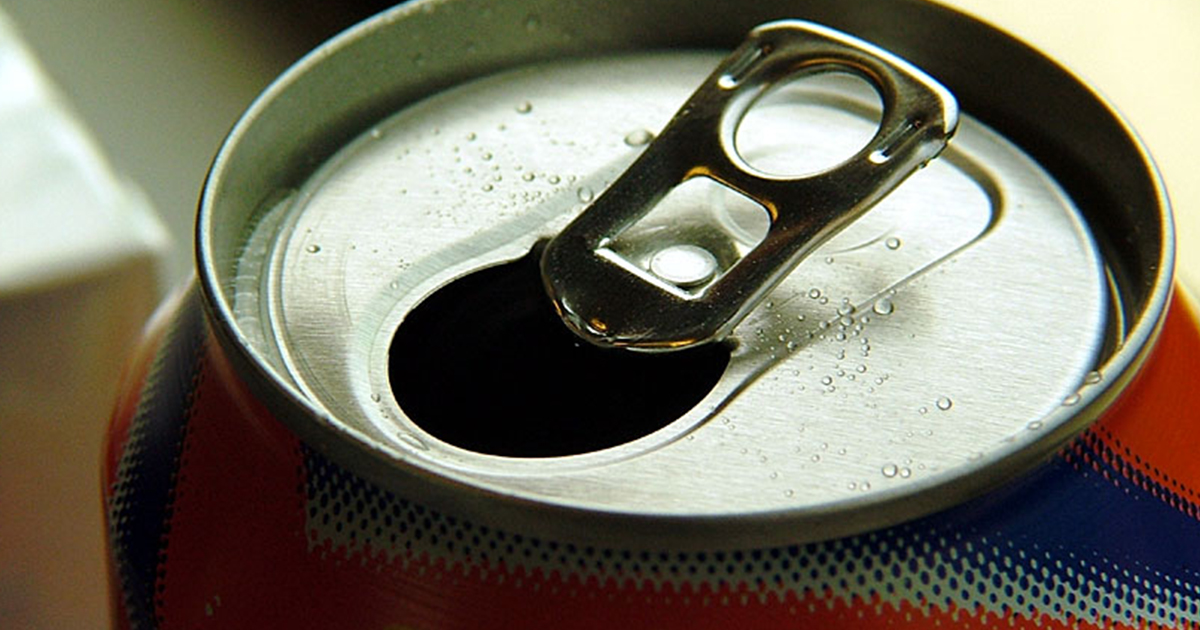What Food Stamp Recipients Actually Buy

By:
There's a common notion that food stamp recipients, often times, misuse federal assistance to buy expensive or luxury items, but a new report from the U.S. Department of Agriculture has shed some light on exactly how food stamps are really being used by people.
.jpg?auto=format&crop=faces&fit=crop&q=60&w=736&ixlib=js-1.1.0) Flickr - staticflickr.com
Flickr - staticflickr.com
The study, which was published Tuesday, analyzed spending data from food stamp recipients based on 127 million transactions in 2011. It turns out that recipients are actually using food stamps to buy cheap essentials — meat, vegetables, frozen meals and a lot of sweetened beverages (which is often cheaper than buying water).
Here are the top 10 items that SNAP recipients bought in 2011, based on the average percentage of their spending:
- Meat, poultry and seafood: 19.2 percent
- Sweetened beverages: 9.3 percent
- Vegetables: 7.2 percent
- Frozen prepared meals: 6.9 percent
- Prepared deserts: 6.9 percent
- Cheese: 6.5 percent
- Bread and crackers: 5.4 percent
- Fruit: 4.7 percent
- Milk: 3.5 percent
- Salty snacks: 3.4 percent
The top 10 food items purchased by non-SNAP recipients in 2011, based on the average percentage of their spending.
- Meat, poultry, and seafood: 15.9 percent
- Vegetables: 9.1 percent
- Cheese: 7.9 percent
- Fruits: 7.2 percent
- Sweetened beverages: 7.1 percent
- Prepared deserts: 6.4 percent
- Bread and crackers: 6.3 percent
- Frozen prepared foods: 5.1 percent
- Milk: 3.8 percent
- Salty snacks: 3.1 percent
For the most part, SNAP and non-SNAP consumers have purchased the same types of items but what the data also indicated was that individuals receiving federal aid allocated more of their funds toward cheap, less healthy food. Soft drinks, frozen meals and prepared deserts ranked much higher than fruit, for example, and it's no secret that eating healthy can be expensive.
 Flickr/Jannes Pockele - flic.kr
Flickr/Jannes Pockele - flic.kr
In 2014, there were about 46 million Americans in SNAP, each receiving an average of $123 per month, according to the Department of Agriculture. By comparison, the average American spends $151 on food per week, according to Gallup.
"When available, healthy food may be more expensive in terms of the monetary cost as well as (for perishable items) the potential for waste, whereas refined grains, added sugars, and fats are generally inexpensive, palatable, and readily available in low-income communities," according to the Food Research & Action Center website. "Households with limited resources to buy enough food often try to stretch their food budgets by purchasing cheap, energy-dense foods that are filling – that is, they try to maximize their calories per dollar in order to stave off hunger."
